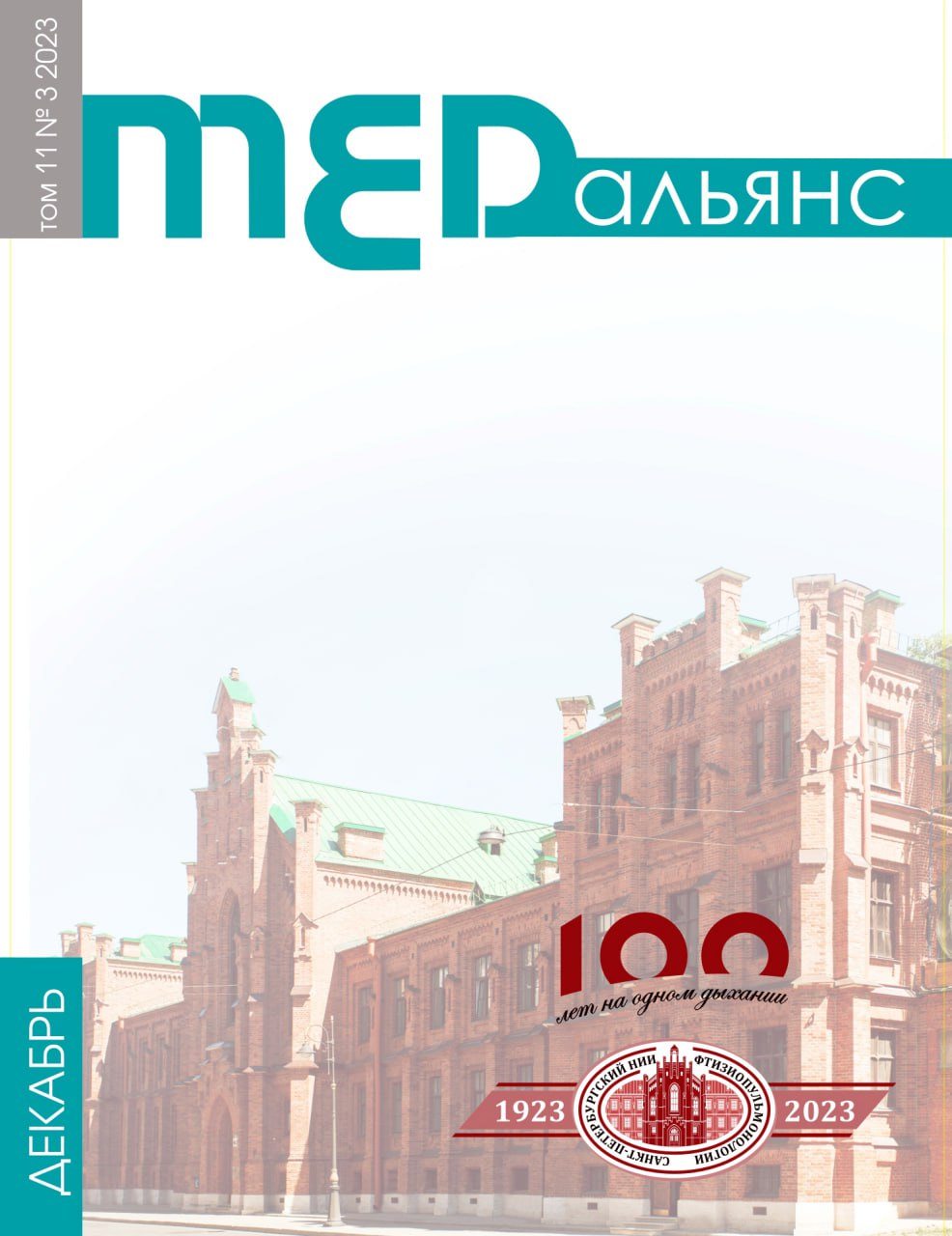Abstract
The most accurate method of diagnostic examination of an orthodontic patient is cone beam computed tomography (CBCT), which allows measurements in three planes. When conducting cephalometric analysis, it is necessary to evaluate both angular and linear cephalometric parameters to make a diagnosis and plan of orthodontic treatment. Purpose of the study: to determine the main morphometric features of class II malocclusion of the dentoalveolar and gnathic forms and to highlight the most informative cephalometric parameters of three-dimensional analysis based on CBCT data. Materials and methods of research. The material studied was data from 30 CBCT scans, which were studied in the Dolphin Imaging & Management Solutions program. All patients were divided into two groups: the first group consisted of 15 patients with distal occlusion and the first skeletal class, the second group — 15 patients with distal occlusion and the second skeletal class. Results. In patients of the second group, a more posterior position of the lower jaw is noted (the SNB parameter was 77.9±2.93°) against the background of a more anterior position of the upper jaw (the SNA parameter was 83.05±3.10°), as well as an elongation of the base of the upper jaw (CoA parameter was 84.7±0.83 mm) and shortening of the effective length of the lower jaw (Co-Gn parameter was 104±2 mm). Conclusion. In patients with a distal gnathic bite, more pronounced skeletal and dentoalveolar changes are observed. When performing three-dimensional cephalometry, it is necessary to carry out a comprehensive cephalometric analysis with Co-A calculation (total length of the upper jaw), Co-Gn (effective length of the lower jaw).

